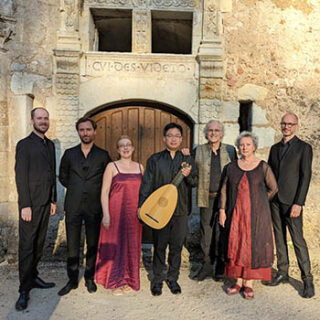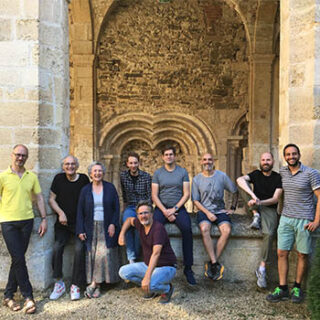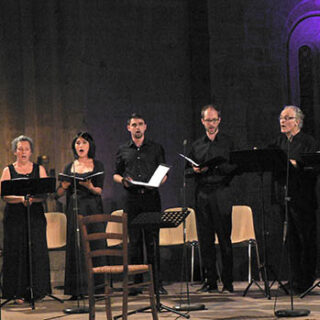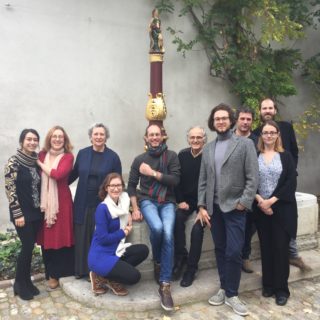Sing new songs to the Lord
Claude Le Jeune's books of psalms
Claude Le Jeune did not quite know the recognition of history that his immense talent should have deserve. Under the protection of two Protestant lords (François de la Noue and Charles de Téligny), he dedicated – in 1564– his Ten Psalms of David to them. In 1590, his Protestant sympathies forced him to flee to La Rochelle, and it was thanks to his contemporary Jacques Mauduit that many of his works were preserved from the flames of the religious war.





